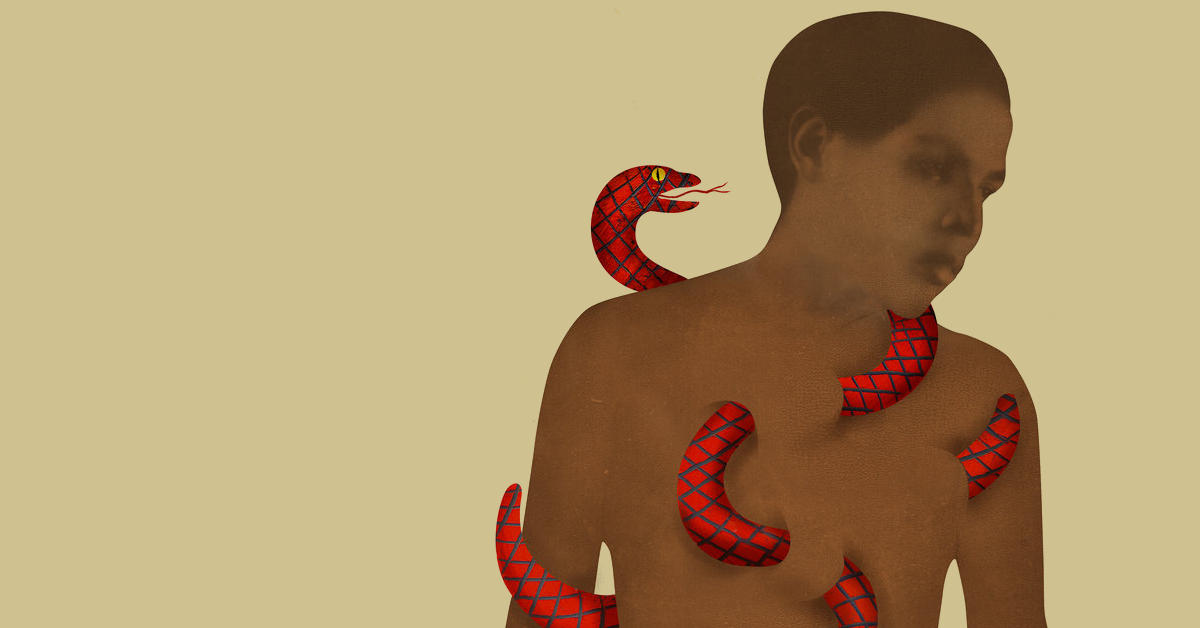Anyone who looks online to learn about a health condition knows the feeling: Wouldn’t it be great to skip the angst and go straight to high-quality information from experts for non-experts? Now the millions of people affected by sickle cell anemia can readily find a host of reliable sources on an Emory-based website newly redesigned to combine health- and humanities-based content.
The Sickle Cell Information Center website, begun in 1997, has been thoroughly updated in collaboration with the Emory Center for Digital Scholarship (ECDS) to incorporate stories, history, art and social media along with news and research updates, providing broader context about the condition which can affect the quality and length of a person’s life.
A team of health care experts worked on the iterative redesign project, including:
- James Eckman, MD: The site’s cofounder, now professor emeritus with the School of Medicine’s Department of Hematology and Medical Oncology, Eckman long served as medical director for Georgia Comprehensive Sickle Cell Center at Grady Health System.
- Mary E. Frederickson, PhD: A visiting professor with Rollins School of Public Health and with Emory College of Arts and Sciences, Frederickson researches and teaches about the social impact of disease and contributes to the ECDS-based journal Southern Spaces.
- Clinton H. Joiner, MD, PhD: Recruited to the School of Medicine’s Department of Pediatrics in 2012, Joiner serves as Director of Hematology at Aflac Cancer and Blood Disorders Center at Children’s Healthcare of Atlanta.
- Allan Platt, PA-C, MMSc: The site’s cofounder who currently works as admissions director with the School of Medicine’s Physician Assistant program, Platt served for two decades with the Georgia Comprehensive Sickle Cell Center at Grady Health System.
“The site’s main focus is to make patients more educated about their disease,” Platt says. “Our job is to share information that is credible, accessible and free.”
The project team set out to broaden the site’s reach by diversifying its content, and online visitors can now browse the site to find:
- A range of resources tailored for audiences including patients and families, health care providers, teachers and students, blood banks and donors, and employers
- PubMed research sources
- Patient narratives
- Stories, art and music
- Historical perspectives
- Lists of related organizations and activist groups
- Newsletters
- An Instagram feed
“Our challenge was to integrate medical humanities material,” says Frederickson. “We wrote about the social history of the disease, included artwork and narratives from sickle cell patients, and brought together primary sources.”
In addition to automatically updated content, the site redesign plan calls for regular additions of original content. Frederickson and Joiner, who also share a devotion to the project as husband and wife, will be working with Emory pediatrics Assistant Professor Tamara New to add several dozen clinical recommendations written by fellow faculty members to the site.
The redesign adheres to the original site’s look and feel, including the logo, in order to offer visual continuity to site visitors, says ECDS Co-Director Allen Tullos. And with so many people diagnosed with sickle cell anemia living in countries with varied online access, the site retains a streamlined approach to content.
With one of the nation’s larger populations of sickle cell patients in Atlanta, the site finds a natural home at Emory. Members of its advisory board work with community partners including Georgia Comprehensive Sickle Cell Center at Grady Health System and the AFLAC Cancer and Blood Disorders Center at Children’s Healthcare of Atlanta.
“We regularly encourage our patients and families to refer to the website when they need up-to-date, accurate information,” says Peter Lane, an Emory pediatrics professor working at CHOA’s AFLAC Center. And the website works in tandem with other patient education outreach initiatives such as the annual Sickle Cell Education Day, Joiner notes.
The project marked the first time the sickle cell site team had worked with ECDS, which welcomed the opportunity to extend its outreach to support health sciences colleagues at the School of Medicine and Rollins School of Public Health, Tullos says. ECDS worked with the scinfo.org site team to update the site using its scholarblogs.emory.edu platform for WordPress.org websites, then migrated it to an external cloud-based system for the site team to manage ongoing maintenance.
The redesign project received funding support from the Faculty Council’s University Research Committee, Andrew W. Mellon Foundation, and Aflac Cancer and Blood Disorders Center at Children’s Healthcare of Atlanta.

